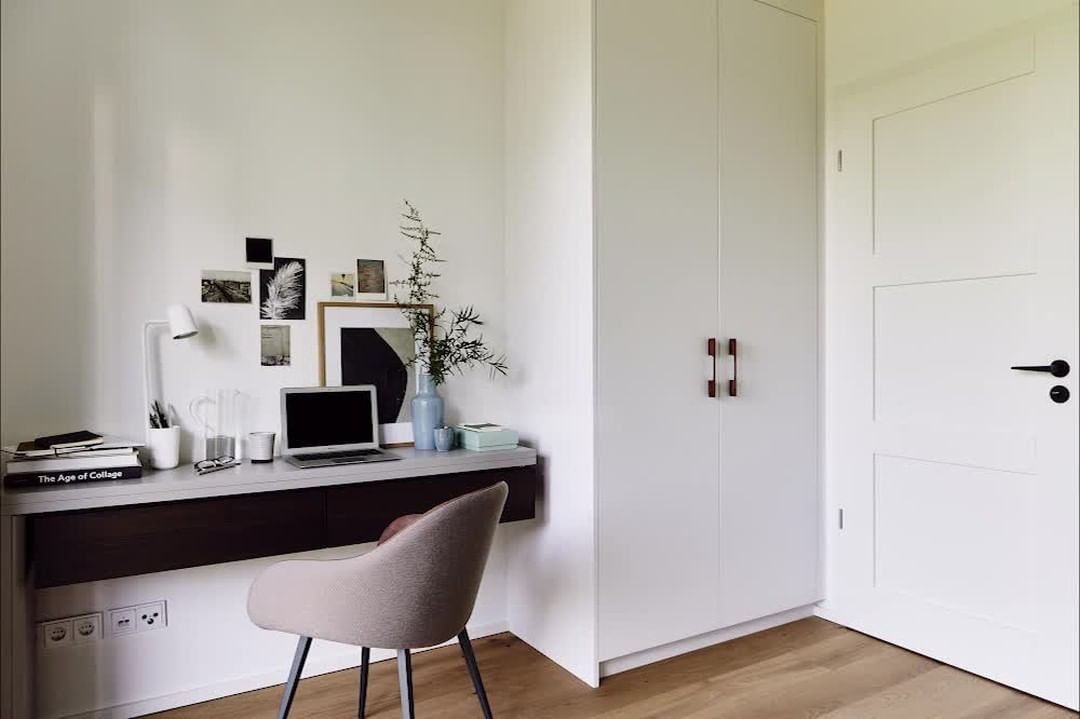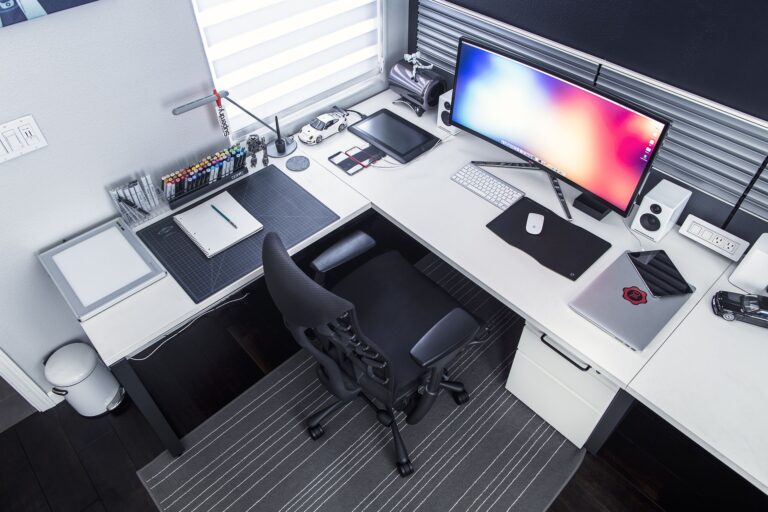Essential Ergonomic Desk Tools
The right ergonomic desk tools can help you stay comfortable at work. From monitor stands to keyboard trays, there are many options available.
A good ergonomic setup helps you avoid common health problems like back pain and wrist strain. A keyboard tray allows you to maintain an ideal typing position, while a footrest can reduce strain on your feet when standing for long periods.
1. Monitor Arm
A monitor arm elevates and adjusts the position of your computer screen, reducing neck and back strain by encouraging neutral posture. They also allow you to swivel, rotate and tilt the monitor to achieve the best viewing angle, improving ergonomics and efficiency.
Most monitor arms attach to a desktop using a VESA mount standard that works with most flat-panel displays. They also offer both clamp and grommet mounting options to accommodate a variety of desk setups.
Look for a model with a maximum weight capacity that matches your screen’s. Also, consider arm designs that have adjustable stop flexibility to prevent the arm from hitting the desk’s wall. The adjustable stops also help to keep the arm stable in a variety of positions.
2. Adjustable Desk
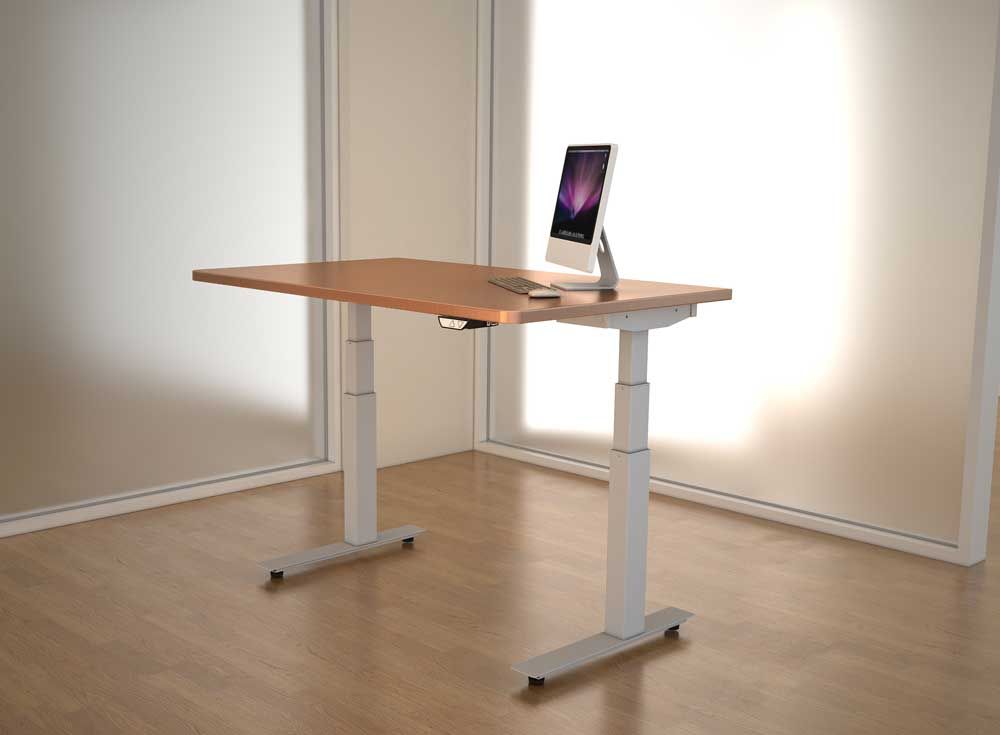
A height-adjustable desk can improve your posture and decrease discomfort. But not all are created equal. Look for a sturdy and quiet operation, as well as proper cable management so raising and lowering the desktop doesn’t yank or jiggle wires.
While manual height-adjustable options have existed for decades, electric sit-stand desks became popular as people became more aware of the health risks associated with prolonged sitting. Research shows that alternating between sitting and standing can help reduce back pain and neck strain.
Associate Editor Taylor Rock used this Branch Duo standing desk to work from home since 2020 and says it’s been a game changer for her comfort level. She assembled it in a few minutes and found the controls intuitive.
3. Essential Oil Diffuser
Whether the ergonomic touchpad in an office or the power grip on a tool handle, workplace tools that promote ergonomic principles help employees perform their job tasks more comfortably. They minimize physical strain and improve mental health, thereby reducing absences due to work-related injuries and boosting productivity.
Keeping the content easy to read and in fine use active voice helps keep employees engaged throughout the workday. The video also encourages them to take regular breaks and follow best practices for lifting and moving loads.
The heightened focus on occupational wellness enhances employee morale and commitment to the company, leading to long-term benefits that exceed initial costs for the employer.
4. Keyboard Tray
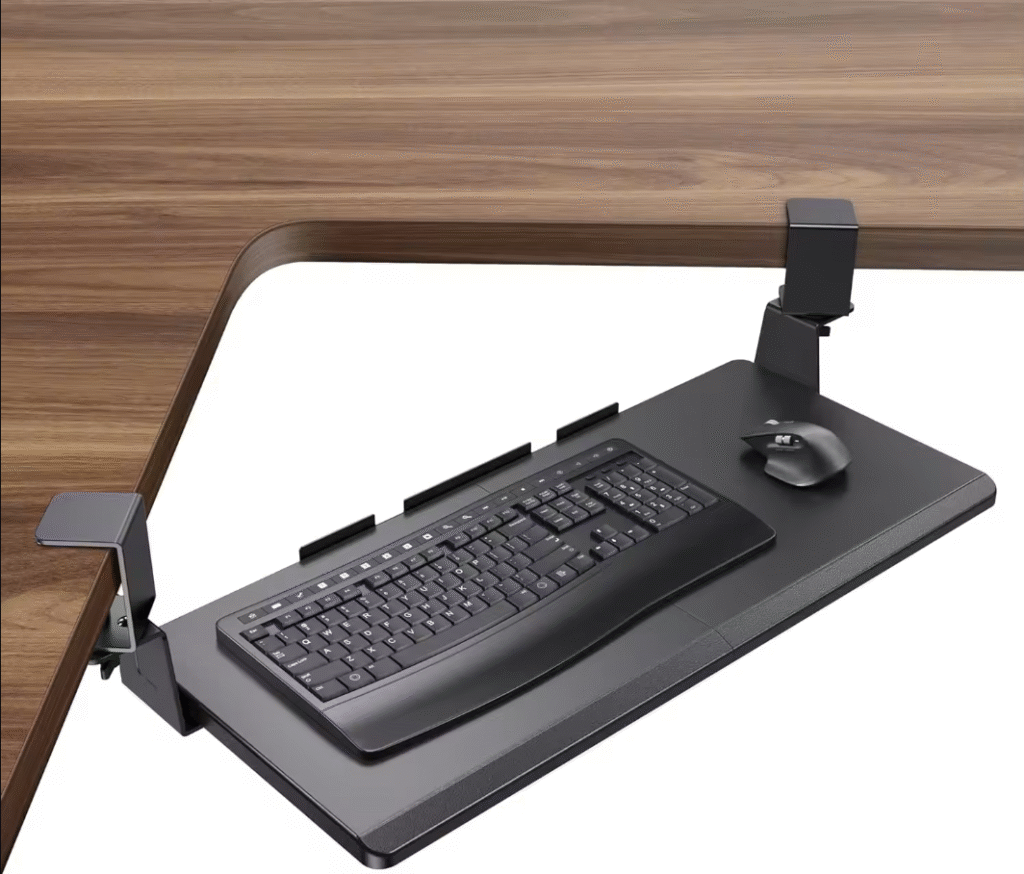
An under-desk keyboard tray puts your keyboard and mouse at a more ergonomically correct height. This prevents you from slouching, which can cause pain in your back and neck over time.
A keyboard tray also allows you to angle it up or down to keep your wrists in a neutral position. This helps to minimize pressure on your median nerve and alleviates carpal tunnel symptoms.
Look for a tray that can achieve at least -15deg of negative tilt when seated and up to -20deg of positive tilt while standing (for treadmill desk users). These are ideal from a musculoskeletal perspective.
5. Footrest
Many people spend long hours sitting at their desks, so workplace ergonomics has become a critical area of concern for organizations. The right equipment can help employees work comfortably, safely, and efficiently.
A footrest can help prevent neck and back pain by keeping feet at the ideal angle, supporting a healthier posture, and preventing slouching. It also helps to keep the mind focused on work, reducing distractions caused by discomfort or pain.
Some ergonomic footrests are angled to allow for a rocking motion, while others are flat and cushioned for simple support. Many also encourage small movements while sitting, which can reduce stiffness and fatigue throughout the day.
6. Ergonomic Chair
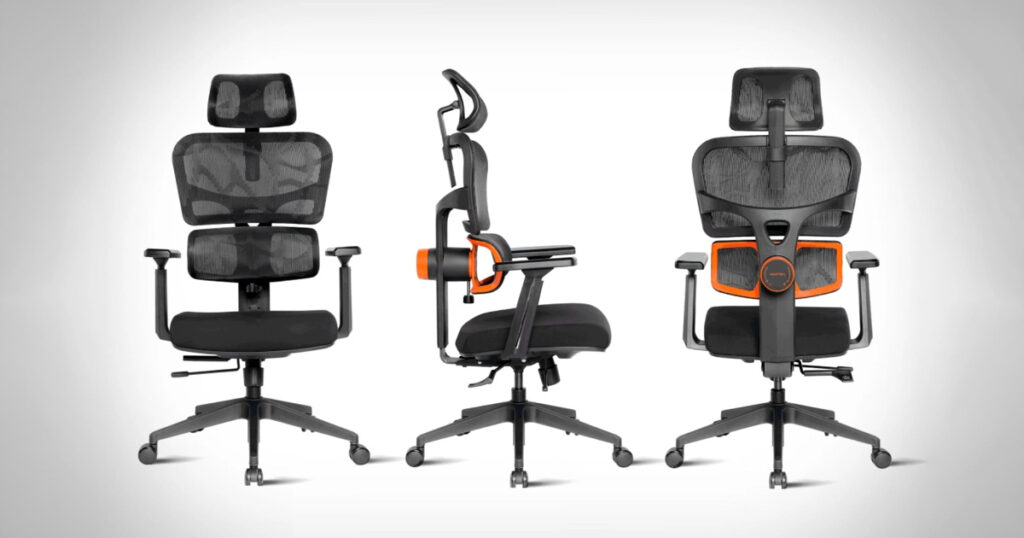
Long-term use of traditional chairs often leads to back pain and musculoskeletal problems. This can impact posture and lead to a reduction in energy levels and work performance.
A good ergonomic chair will help prevent pain in the back, neck, knees, and wrists. This will reduce distractions and allow employees to focus on their work more effectively.
Ergonomic chairs should be adjustable to suit a worker’s dimensions and the tasks they undertake. The best ergonomic chair will have a range of adjustment options including seat height, armrests, tilt mechanism and tension control, back tilt angle and support. Ideally, the chair should also swivel.
7. Desk Mat / Blotter
A desk blotter is more than just a surface protector—it’s an essential ergonomic tool that adds both comfort and style. FTC Goods’ premium desk blotters provide a soft, cushioned workspace ideal for writing, typing, and using a mouse. They reduce wrist fatigue and help organize your space while also preventing scratches and spills on your desktop. Made with high-quality materials and available in elegant finishes, these blotters enhance both comfort and aesthetics, making them perfect for professionals who value both form and function.
8. Desk Pad
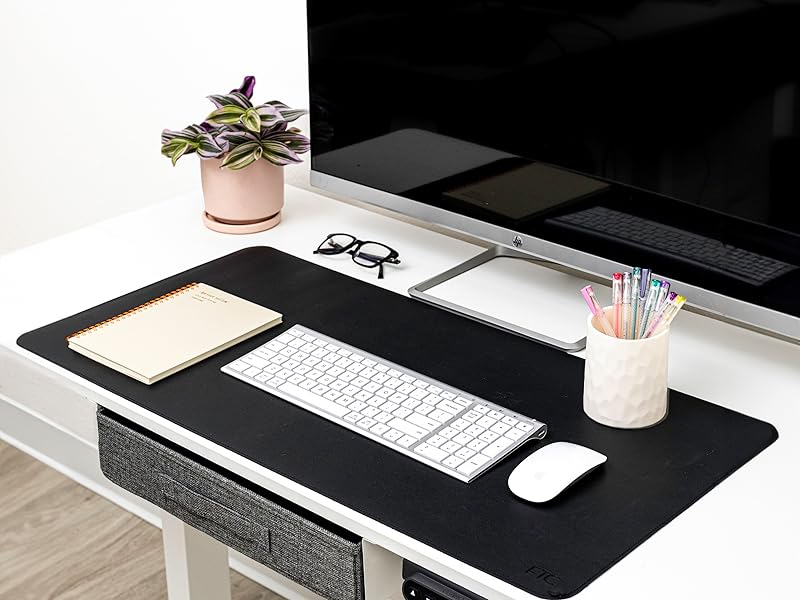
Leather Desk Pad is a versatile and stylish addition to any workspace. Measuring 31.5″ x 15.75″, it offers ample space for your keyboard, mouse, and other essentials. Crafted from durable PU leather with a non-slip flannelette base, it stays securely in place while providing a smooth surface for writing and mouse movement. Its waterproof design protects your desk from spills, and the stitched edges enhance durability. Whether for work, gaming, or study, this desk pad combines functionality with elegance
9. Wrist Rest
A wrist rest is an ergonomically designed support accessory on which the user can rest their hands when using a computer mouse or keyboard. They are ideal for hot desk users and mobile workers.
They cushion, level and support the wrist joint and lower palm of the hand to prevent pressure against hard or sharp surfaces of desks. They are also non restrictive and allow freedom of movement for the arms and shoulders.
They are available in a variety of shapes and materials. However, they should be a comfortable fit for all and preferably include a natural material cover that will not produce excessive sweating. A breathable material like Mother Nature’s millet chaff is recommended.

